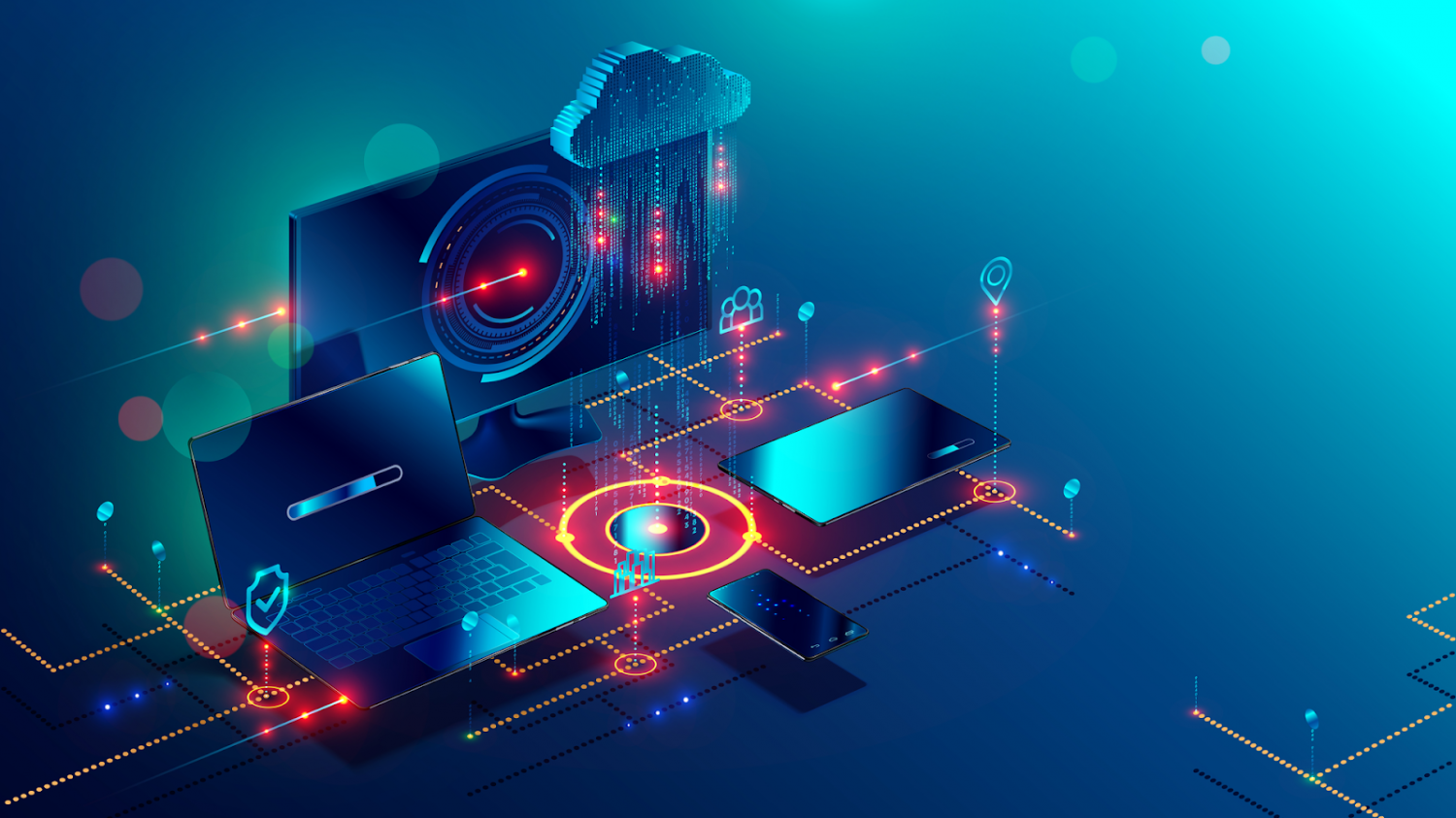
Chances are that you've heard a great deal about how IoT devices are revolutionizing the marketplace, but you might not have a clear picture of what this equipment actually does. If you were to ask ten different engineers to describe the so-called Internet of Things, then you'd get eleven different answers. The term has been used and abused by people to promote countless solutions. Many of these don't even fit the traditional definition of the technology.
Simply put, IoT devices are essentially various traditional appliances that are connected to the Internet in some way. Engineers were working on connecting TCP/IP-enabled toasters to the net as early as 1989. Technicians have developed far more practical applications for this equipment in the meantime, and it's helped small business owners to dramatically reduce costs and improve the level of service that they provide to their customers.
Those who want to invest in this kind of equipment need to pick out the right kind of ecosystem since not all devices are compatible with one another,
Choosing the Right IoT Platform for Your Business
Home appliances, small sensors, security cameras and even light switches are all capable of connecting to the Internet if they're equipped with the right kind of adapter. Unfortunately, to talk to each other they need to utilize a compatible software platform.
Small business owners may want to take some time to look through a list of the top IoT software rankings before they decide on a single platform. It can be difficult to migrate to another one after your firm has become heavily invested in a certain type of technology. This is especially true of those who plan to primarily use consumer-grade equipment that often goes through various revisions as market pressures force engineers to redesign certain aspects of their builds.
Keep in mind that all Internet of Things devices include some sort of embedded general purpose computer. This means that each piece of smart equipment is free to share information collected from onboard peripherals. That makes it easy to learn more about how different circumstances impact your business.
Think of a hotel or restaurant that has multiple rooms. Each of these have an adjustable thermostat. If some of them are set too high or low, then the business in question may end up losing thousands by using too much energy.
A number of service providers in the hospitality industry now use IoT software to monitor energy usage throughout entire buildings. They then connect these apps to the control programs that alter settings on Internet-connected smart thermostats. Over time, the entire system can learn to set itself and thereby slash the amount of energy they use.
This kind of example could apply to companies in almost any sector. Many firms are finding that their biggest savings come from special niche applications.
Custom Tailored IoT Solutions in the Wild
Due to heavy reliance on networked sensors and other related devices, Sony's heavily automated PlayStation 4 factory is capable of producing two consoles in just around a minute. Most business owners won't need this kind of extreme solution, but the 32 robots installed in the facility prove just how effective networked technology can be.
Shipping and fulfillment centers haven't gone quite this far, but they're starting to rely on the same sort of equipment. Firms that sell products on popular e-commerce platforms often have to ship a large number of products on a daily basis.
Instead of constructing massive fulfillment centers, companies can use IoT sensors and predictive analytics to construct smaller facilities in different locations to reduce the distance between the location of their goods and the customers they hope to serve. Even the smallest shipping operations can utilize IoT sensors and predictive software to monitor product movements and track outflow.
When this kind of software identifies a potential problem, it will let a human operator know that it needs input. Artificially intelligent agents will eventually learn the correct response to various problems, which can help to further automate these operations.
Those who have yet to deploy systems like these may want to follow what experts call the four-stage IoT architecture plan.
IoT Deployment Plans for SMBs
Network technology architects have defined four different stages for IoT deployment. The first involves the use of sensors and actuators that can process analog data inputs. Once these are in place, they can be connected to more sophisticated data acquisition systems that aggregate information and help to make decisions.
Stage three deployments involve the use of edge IT equipment to pre-process this information and make educated decisions based on it. Larger organizations will eventually want to adopt the fourth stage as well, which involves the use of a cloud-based storage system to share information across a workgroup.
The art of leveraging IoT analytics is quickly becoming its own field, but firms that don't want to invest in all the infrastructure needed to do so shouldn't feel that they have to at first. Experts feel that a slow metered approach can be just as effective and help ease companies into a much bigger world.
* This is a contributed article and this content does not necessarily represent the views of techtimes.com









